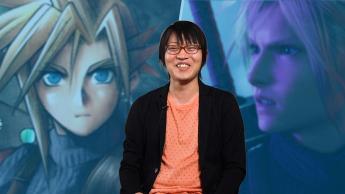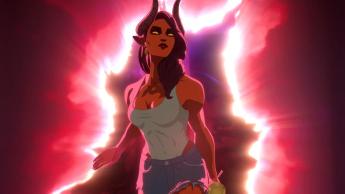Square Enix's Naoki Hamaguchi discusses the intricate process behind Final Fantasy VII Remake and the upcoming third installment titled Final Fantasy VII Rebirth. The challenge of remaking a beloved classic such as Final Fantasy 7 is monumental, with limited documentation from the original game due to the era's lack of preservation standards. Hamaguchi emphasizes the importance of staying true to the original vision while also innovating gameplay and story elements to keep the franchise fresh. The development team relies on original creators for guidance, ensuring that remade content resonates with longtime fans of the series. As they work on expanding to various platforms, the team is also considering fan feedback and changing gaming trends to shape the future of the franchise.
What can we expect from Final Fantasy VII Rebirth in terms of storytelling and gameplay?Final Fantasy VII Rebirth is set to diverge from its predecessor by introducing a more open-world structure and new gameplay experiences. The developers aim to deliver a unique and evolving narrative that reflects fan feedback while retaining the core elements of the original game, ensuring it remains engaging for both returning players and newcomers.
Final Fantasy VII was originally released in 1997 and is often hailed as one of the greatest video games of all time due to its groundbreaking use of 3D graphics and its immersive storytelling. The Remake project aims to capture both nostalgia and modern gaming sensibilities, making the series relevant for a new generation of players while also satisfying die-hard fans. The transition from traditional linear gameplay to a more expansive and exploratory format in Rebirth represents a significant evolution in how the story and its characters will be experienced.








Comments
No comments yet. Be the first to comment!